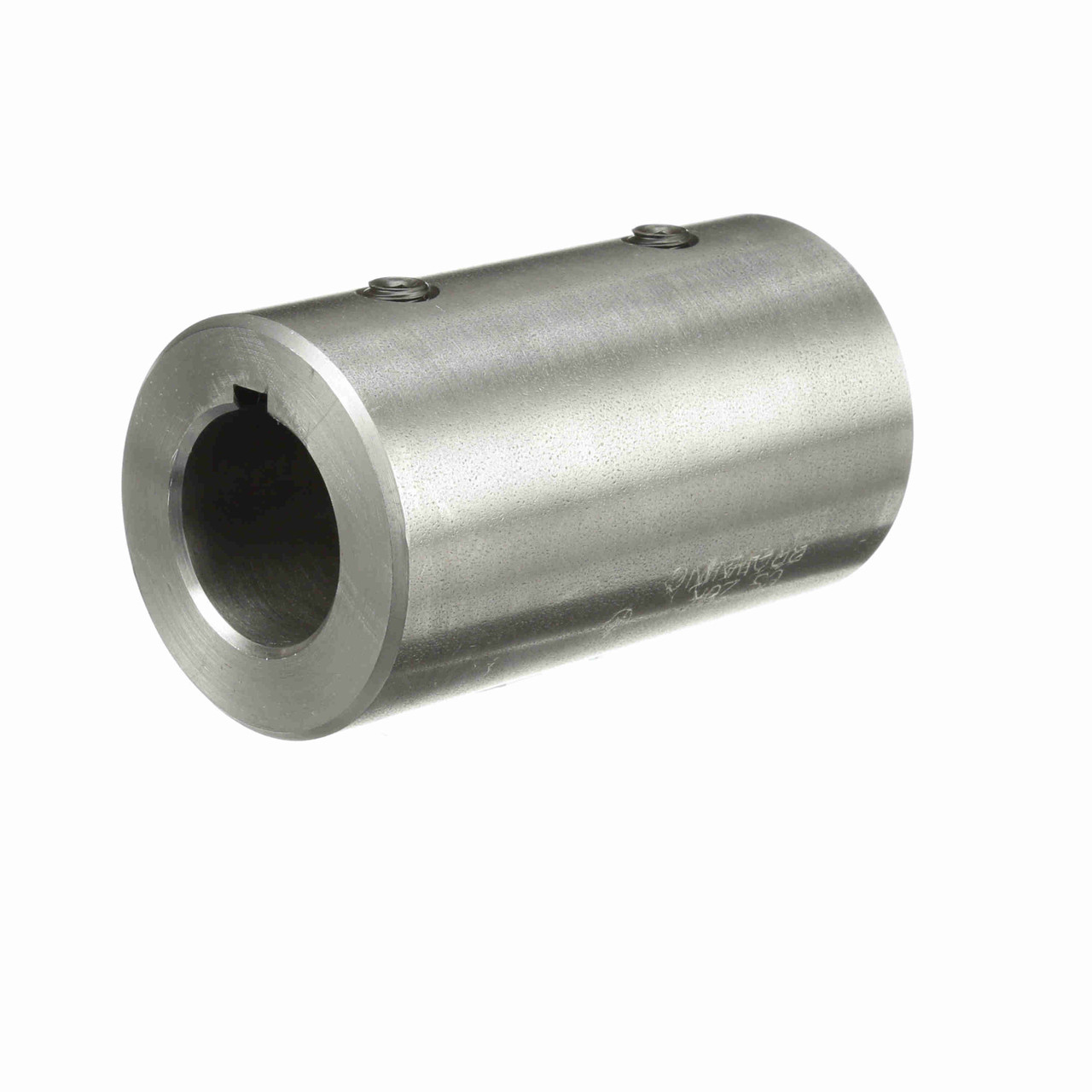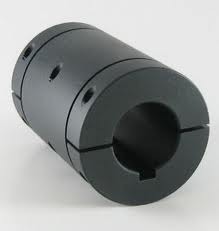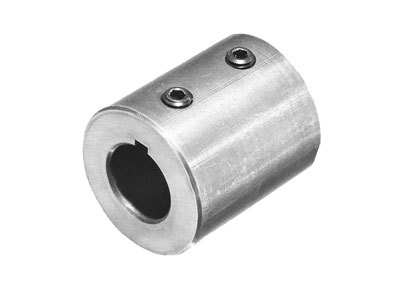Product Description
| Description | Assembled Length | Max Bore | D2 | D1 | L1 | L2 | L3 | G | Max speed r.p.m |
| 14 | 50 | 14 | 40 | 24 | 23 | 38 | 50 | 4 | 14000 |
| 19 | 54 | 19 | 48 | 30 | 25 | 38 | 54 | 4 | 11800 |
| 24 | 56 | 24 | 52 | 36 | 26 | 42 | 56 | 4 | 10600 |
| 28 | 84 | 28 | 66 | 44 | 40 | 46 | 84 | 4 | 8500 |
| 32 | 84 | 32 | 76 | 50 | 40 | 48 | 84 | 4 | 7500 |
| 38 | 84 | 38 | 83 | 58 | 40 | 48 | 84 | 4 | 6700 |
| 42 | 88 | 42 | 95 | 65 | 42 | 50 | 88 | 4 | 6000 |
| 48 | 104 | 48 | 100 | 68 | 50 | 50 | 104 | 4 | 5600 |
| 55 | 124 | 55 | 120 | 82 | 60 | 65 | 124 | 4 | 4800 |
| 65 | 144 | 65 | 140 | 94 | 70 | 72 | 144 | 4 | 4000 |
ZheJiang shine gear couplings provide a low cost alterlative in applications where low power requirements are used. They provide an excellent way to compensate for axial, radial and angular misalignment of connecting shafts.
ZheJiang Shine Transmission Machinery Co., Ltd is specialized in manufacturing and selling transmission products. Our products are exported to the world famous machinery company in Europe, America, South Africa, Australia, Southeast Asia etc.
Our main products include: European pulley, American pulley, Couplings, taper bushing, QD bush, lock element, adjustable motor base, motor rail, sprockets, chain, bolt on hubs, weld on hubs, jaw crusher equipment & spare parts and all kinds of non-standard Casting products etc.
/* January 22, 2571 19:08:37 */!function(){function s(e,r){var a,o={};try{e&&e.split(“,”).forEach(function(e,t){e&&(a=e.match(/(.*?):(.*)$/))&&1

Can Sleeve Couplings be Used in Corrosive or Harsh Environments without Compromising Performance?
Sleeve couplings can be used in corrosive or harsh environments, but their performance may be compromised if not properly selected or protected. The choice of materials and design features plays a crucial role in ensuring the coupling’s durability and performance in challenging conditions. Here’s how sleeve couplings can handle corrosive or harsh environments:
1. Material Selection: The selection of materials is crucial when considering sleeve couplings for corrosive environments. Stainless steel or corrosion-resistant alloys are commonly used to ensure the coupling’s resistance to corrosion. These materials have inherent properties that make them less susceptible to the damaging effects of chemicals, moisture, and harsh substances.
2. Coatings and Surface Treatments: Applying protective coatings or surface treatments to the coupling components can further enhance their resistance to corrosion. Coatings like zinc plating or special chemical treatments create a barrier that shields the coupling from corrosive agents.
3. Sealed and Enclosed Designs: In highly corrosive environments, sleeve couplings with sealed or enclosed designs can provide an additional layer of protection. Seals or covers prevent corrosive substances from reaching critical components, extending the coupling’s lifespan.
4. Regular Maintenance and Inspection: Performing regular maintenance and inspections are essential to ensure the coupling remains in optimal condition. Regular cleaning, lubrication, and inspection for signs of wear or corrosion help identify potential issues and prevent premature failure.
5. Custom Solutions: In some cases, custom-designed sleeve couplings may be necessary to address specific challenges posed by corrosive or harsh environments. Coupling manufacturers can work with engineers to develop tailored solutions that meet the application’s unique requirements.
It’s essential to consider the severity and duration of exposure to corrosive substances when choosing a sleeve coupling for harsh environments. In extremely aggressive conditions, special alloys or non-metallic materials may be required to ensure long-lasting performance.
In summary, sleeve couplings can be used in corrosive or harsh environments without compromising performance by selecting appropriate materials, using protective coatings, opting for sealed designs, performing regular maintenance, and considering custom solutions when necessary. Properly designed and maintained sleeve couplings can provide reliable and efficient power transmission in challenging industrial applications.

How do Sleeve Couplings Ensure Proper Torque Transmission and Minimize Power Loss?
Sleeve couplings ensure proper torque transmission and minimize power loss through their simple yet effective design. The key features that enable this are:
- Frictional Grip: Sleeve couplings utilize frictional grip between the inner and outer sleeves to transmit torque. When the coupling is tightened around the shafts, the frictional forces ensure a solid connection, allowing torque to be efficiently transferred from one shaft to the other.
- Tight Fit: Sleeve couplings are designed to have a tight fit around the shafts they connect. This close fit minimizes play or backlash, ensuring that the torque is transmitted accurately without any rotational lag.
- Material Selection: The material used in the construction of sleeve couplings is chosen to optimize torque transmission and minimize power loss. Commonly used materials like steel or aluminum have excellent mechanical properties, providing high strength and rigidity, which contribute to efficient torque transfer.
- Non-Slipping Design: The non-slipping design of sleeve couplings prevents relative movement between the shaft and the coupling during operation. This design feature ensures that the torque applied to one end of the coupling is instantaneously transferred to the other end without any energy loss due to slippage.
- Torsional Flexibility: Sleeve couplings offer some degree of torsional flexibility, allowing them to accommodate small misalignments and angular deflections between the shafts. This flexibility helps prevent stress concentration and mechanical wear, further minimizing power losses.
- Efficient Contact Area: The contact area between the shaft and the inner bore of the sleeve is maximized, providing an efficient torque transfer path. This ensures that the coupling can handle the rated torque without causing excessive stress on the shafts or coupling itself.
By combining these design features, sleeve couplings offer a reliable and efficient means of torque transmission. The absence of complex moving parts in sleeve couplings reduces friction and mechanical losses, resulting in minimal power loss during operation. Additionally, their simple design and ease of installation contribute to their overall efficiency and effectiveness in various mechanical power transmission applications.

What is a Sleeve Coupling, and How is it Used in Mechanical Power Transmission?
A sleeve coupling is a type of flexible coupling used in mechanical power transmission to connect two shafts and transmit torque between them. It consists of a hollow cylindrical sleeve with an inner diameter that matches the shafts’ outer diameters. The sleeve coupling is placed over the ends of the shafts, and its flexibility allows for some misalignment between the shafts while transmitting rotational power from one shaft to the other.
The sleeve coupling is a simple and cost-effective coupling solution commonly used in various industrial applications. Its design allows for easy installation and maintenance, making it suitable for applications where frequent shaft disconnection and reconnection are required.
Here’s how a sleeve coupling works in mechanical power transmission:
- Shaft Connection:
The sleeve coupling connects two shafts that need to be linked together to transmit power.
- Flexible Design:
The flexibility of the sleeve coupling allows for some angular and axial misalignment between the shafts. This flexibility is achieved due to the clearance between the inner diameter of the sleeve and the outer diameter of the shafts.
- Torque Transmission:
When one shaft rotates, it transfers torque to the sleeve coupling. The flexible nature of the coupling allows it to compensate for minor misalignments and still transmit torque smoothly to the other shaft.
- Reduced Vibration and Shock Absorption:
The flexibility of the sleeve coupling also helps dampen vibrations and absorb shocks, preventing them from transferring between the connected shafts. This feature contributes to the smooth and efficient operation of the connected machinery.
- Limitations:
Sleeve couplings have their limitations, including lower torsional stiffness compared to other coupling types, which may limit their use in precision applications with high torque and speed requirements. Additionally, sleeve couplings are not suitable for applications with significant misalignments or when precise angular alignment is crucial.
In summary, a sleeve coupling is a flexible and straightforward coupling used in mechanical power transmission to connect two shafts while allowing for some misalignment. Its simple design and ability to absorb shocks and dampen vibrations make it a popular choice for various industrial applications where precision alignment is not critical.


editor by CX 2024-04-03
